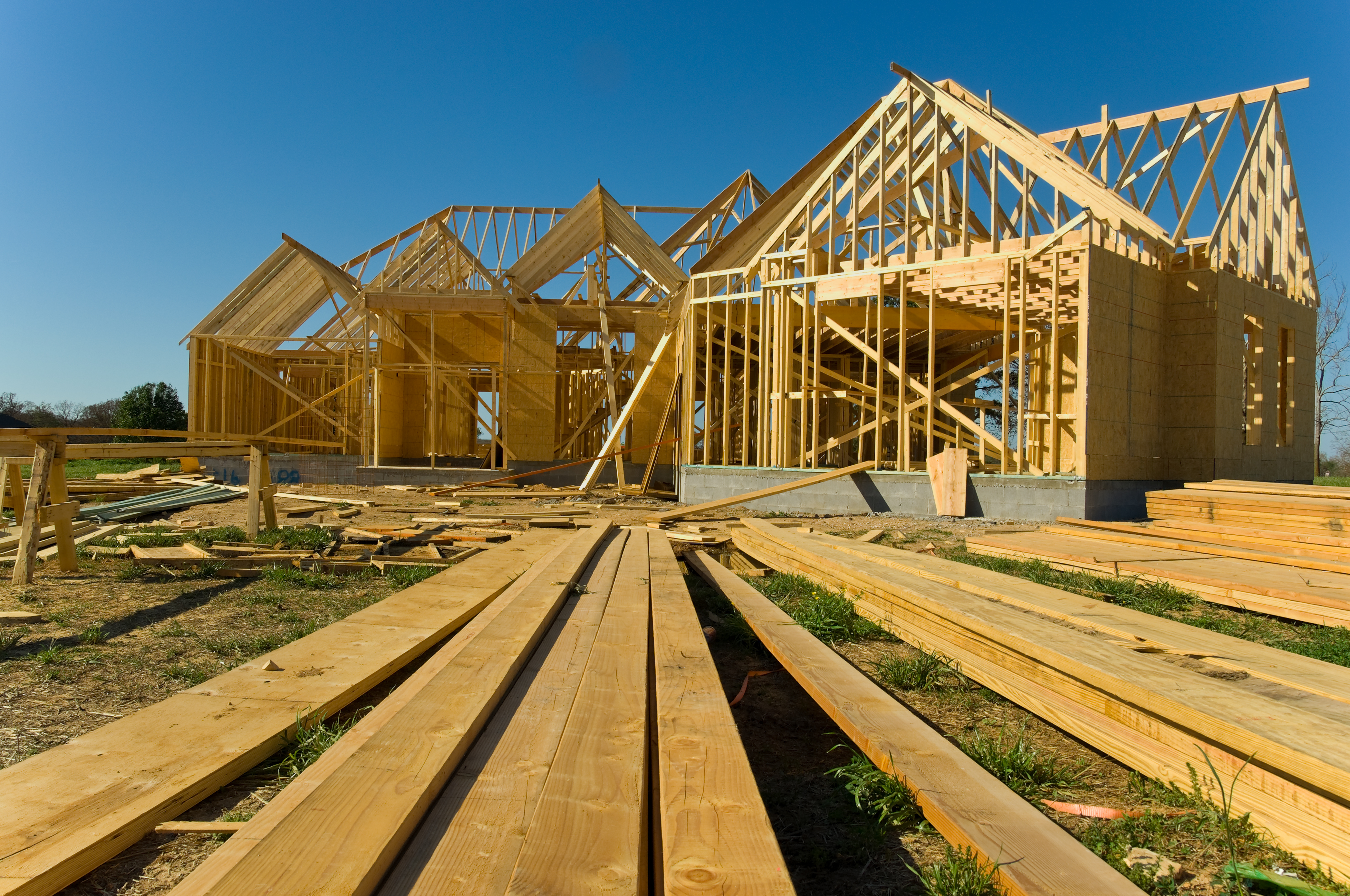Green Renovations: Eco-Conscious Building Options
Recently, the heightened focus of environmental issues has prompted many homeowners to rethink their approach to residential renovations. Building updates offer a distinct advantage not only to enhance the aesthetic and functional aspects of a property but also to incorporate eco-friendliness. By selecting eco-friendly resources and approaches, homeowners can contribute to a healthier planet while creating living environments that embody their principles and aesthetic.
Eco-friendly building options can substantially minimize the environmental impact of a construction effort. From energy-efficient appliances to upcycled resources, the options available today make it simpler than ever to build a visually appealing and eco-friendly home. As concern over global warming continues to grow, more individuals are looking for ways to create positive change, starting from the basis of their dwellings. Incorporating sustainable improvements is not just a trend; it is a critical measure toward a sustainable future for both our houses and our planet.
Green Materials
As you embarking on building renovations, picking sustainable materials is crucial for minimizing environmental impact. Many eco-friendly options are available that not just provide longevity but also aid to energy efficiency. For example's sake, reclaimed wood is a common choice as it reuses existing materials, reducing the need for new timber and lessening deforestation. Bamboo is another excellent alternative, growing rapidly and requiring fewer resources compared to traditional hardwoods.

Alongside wood alternatives, there are creative products made from recycled materials that serve various construction needs. Recycled metal, for illustration, can be used for roofing and framing, while recycled glass can be added into tiles and countertops. These choices help divert waste from landfills and utilize the potential of materials that would otherwise go unused. Using these options can greatly lower the carbon footprint of your renovations.
Moreover, utilizing low-VOC (volatile organic compounds) materials is important in enhancing better indoor air quality. Paints, finishes, and adhesives with low or no VOCs minimize harmful emissions, making your renovated space healthier for inhabitants. Sustainable insulation materials such as cellulose or sheep's wool also help to energy efficiency and comfort. Selecting these types of materials cultivates a beneficial relationship between sustainable design and the health of both the environment and the people residing in renovated spaces. spintax
Energy-Efficient Design
Energy-efficient architecture plays a pivotal role in construction remodeling by maximizing energy savings and lessening environmental impact. By incorporating techniques such as effective insulation, energy-efficient windows, and strategically placed shading devices, homeowners can substantially reduce their energy consumption. These architectural choices not only enhance the aesthetic of living spaces but also lead to lower utility bills over time, making them an desirable option for those looking to improve their homes sustainably.
Another key aspect of sustainable design is the inclusion of renewable energy sources. Photovoltaic systems are becoming popular in renovation projects, enabling homeowners to create their own electricity and minimize reliance on fossil fuels. Additionally, adopting geothermal heating and cooling systems can provide effective climate control while minimizing energy use. By harnessing these sustainable energy solutions, homeowners can create a resilient and eco-conscious living space, in harmony with the principles of sustainable renovations.
Furthermore, careful landscaping can complement energy-efficient design by reducing heat gain, improving air quality, and promoting biodiversity. Planting trees strategically around a property can provide native shade and windbreaks, reducing the need for mechanical heating and cooling. By employing native plants and sustainable gardening practices, homeowners can enhance the ecological value of their remodeled spaces while enjoying the beauty of nature. Highlighting energy-efficient design is a vital step in achieving a more sustainable future through construction improvements.
Waste Minimization Strategies
Applying waste reduction strategies throughout building projects are essential for reducing environmental impact. An successful strategy consists of to doing a comprehensive analysis of the existing materials and frameworks ahead of commencing all demolition work. It permits homeowners and contractors to locate items that can be salvaged or recycled, for example fittings, gates, and including structural components. By focusing on reuse, the volume of waste disposed to dump sites is lowered and valuable materials are conserved.
Another strategy involves improving the construction procedure by means of meticulous organization. By predicting the materials required and precisely measuring sizes, construction teams can minimize the surplus resources delivered to the project area. This does not only minimize waste but additionally cuts down on costs related to purchasing and getting rid of unneeded resources. Additionally, working together with vendors who provide return programs for unused resources can additionally improve refuse management strategies.
Ultimately, the recycling and appropriate disposal of refuse created throughout projects should be a key focus. Establishing construction renovations that includes specific spaces for organizing reusable resources, such as wood, metal, and gypsum board, fosters ethical handling. Partnering with local recycling facilities and organic waste treatment methods can also play a crucial role in shifting refuse from dump sites, providing a much sustainable approach to renovations.